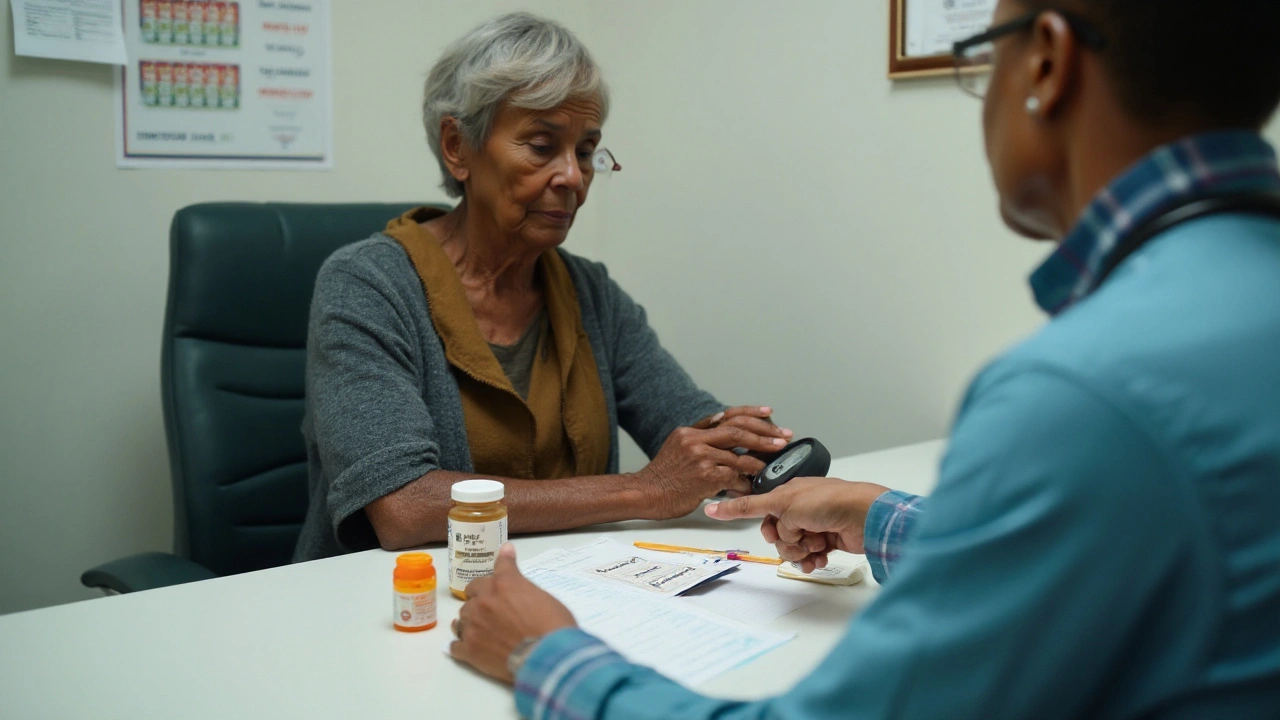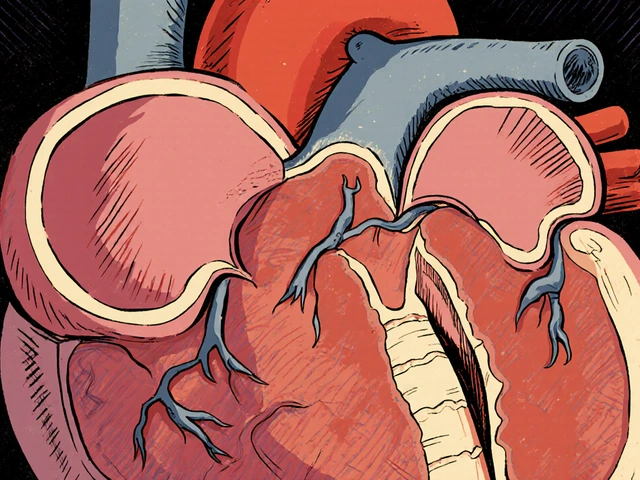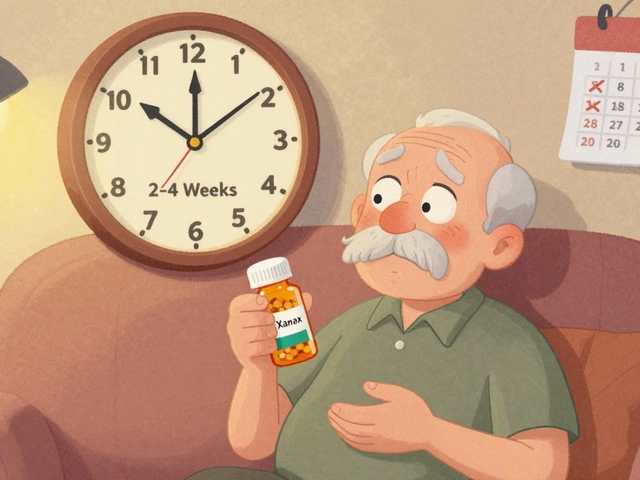Hyponatraemia: What It Is and How It Affects You
Hyponatraemia means your blood sodium level is too low. Sodium helps control water balance and nerve signals, so when it drops, you can feel confused, tired, or nauseous. It’s not rare – many people develop it after illness, heavy drinking, or certain meds. The good news is most cases can be fixed with the right steps.
Why Sodium Levels Drop
There are three main reasons sodium falls. First, you might drink too much water fast, especially during intense exercise or a fever. The excess water dilutes sodium. Second, some drugs, like diuretics or antidepressants, make your kidneys flush out more sodium than usual. Third, health problems such as heart failure, liver disease, or kidney issues trap water in your body, again diluting sodium.
Other triggers include vomiting, diarrhea, or a severe infection that causes sweating and fluid loss. In each case, the body loses a mix of water and salt, but the balance tips toward more water, leading to low sodium.
How to Treat Hyponatraemia
Treatment depends on how low the sodium is and how fast it dropped. If you’re only mildly low and feel okay, doctors may just advise limiting fluids and adding a pinch of salt to meals. For moderate cases, a short course of oral salt tablets or a special drink with electrolytes can raise levels safely.
Severe hyponatraemia that causes seizures or severe confusion often needs a hospital stay. Doctors give a controlled IV saline solution that raises sodium slowly—too fast can damage the brain. The key is to correct the level carefully while treating the root cause, like adjusting medications or managing heart failure.
Aside from medical treatment, you can help yourself by monitoring fluid intake, especially during workouts or hot weather. Keep an eye on symptoms: sudden headache, trouble thinking, or muscle cramps may mean sodium is dropping fast.
If you take diuretics for blood pressure, ask your doctor about regular blood tests. A simple blood test can catch low sodium early, before it becomes a problem. Staying on top of labs and reporting any odd feelings saves trouble down the road.
In short, hyponatraemia is usually fixable. Know the signs, watch your fluids, and keep your doctor in the loop. With the right balance, you’ll feel steadier and avoid the risk of serious complications.

Venlafaxine in Older Adults: 2025 Safety, Dosing, and Monitoring Guide
- By : Tamsin Riverton
- Date : Sep 9 2025
A clear, practical 2025 guide to venlafaxine use in older adults: dosing, monitoring, fall and sodium risks, blood pressure, interactions, and safe tapering.




